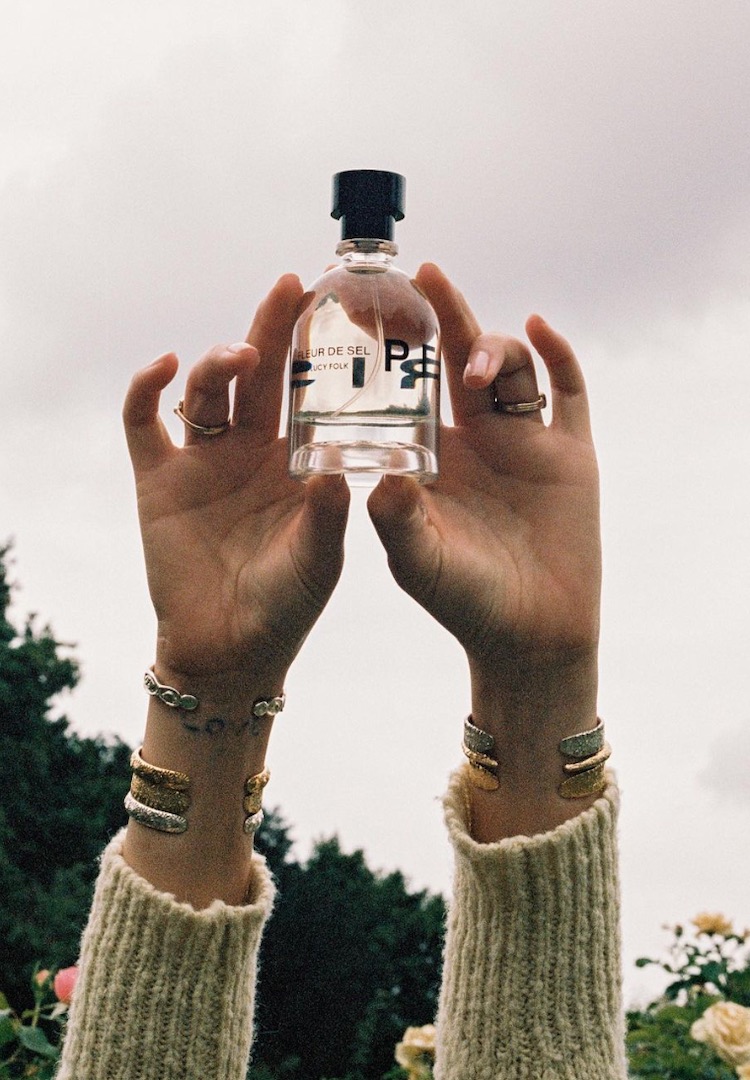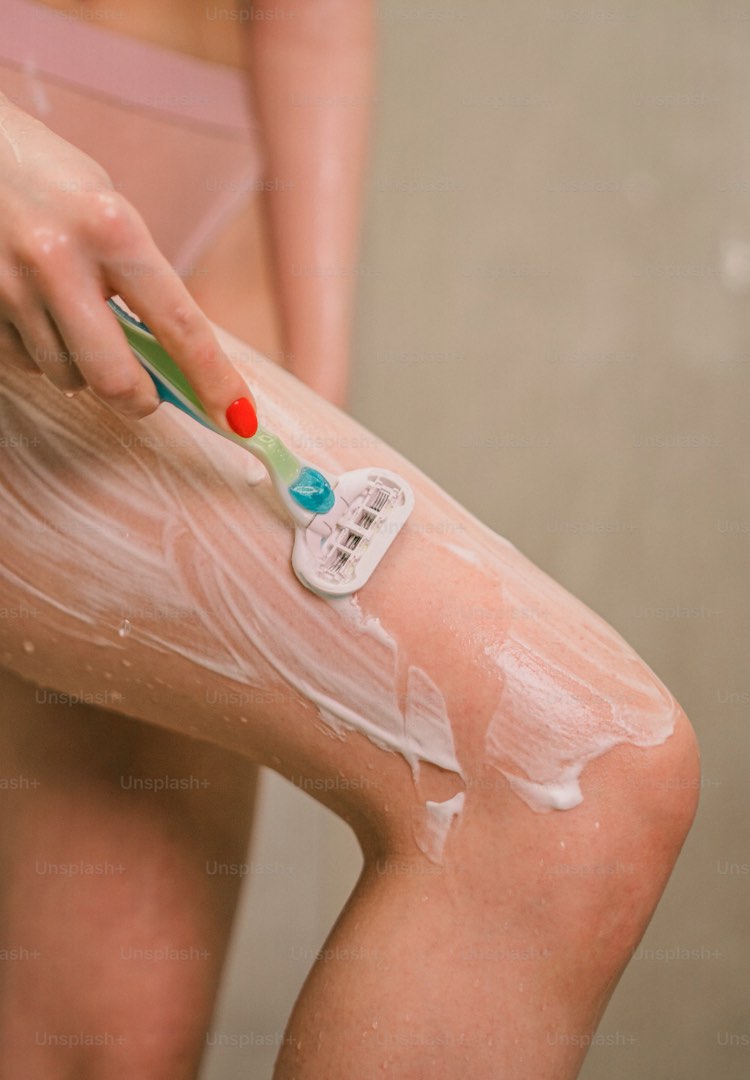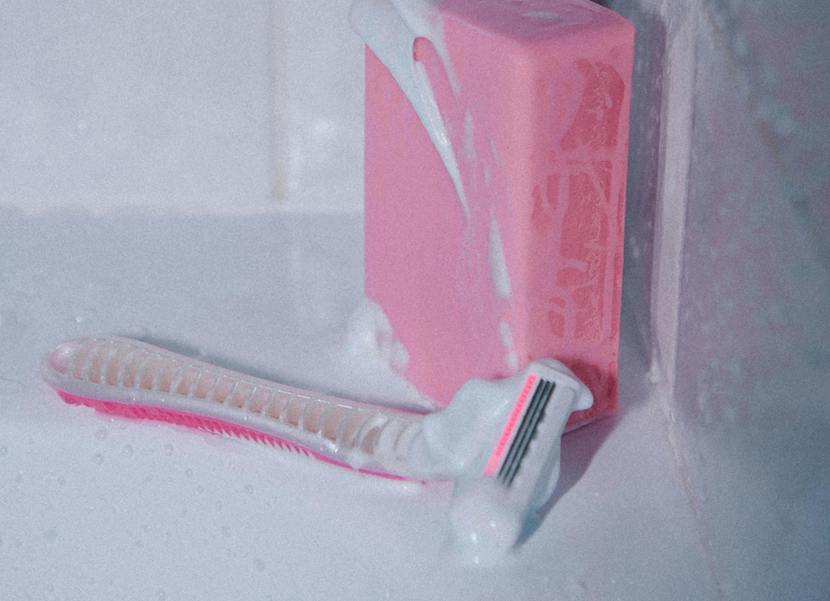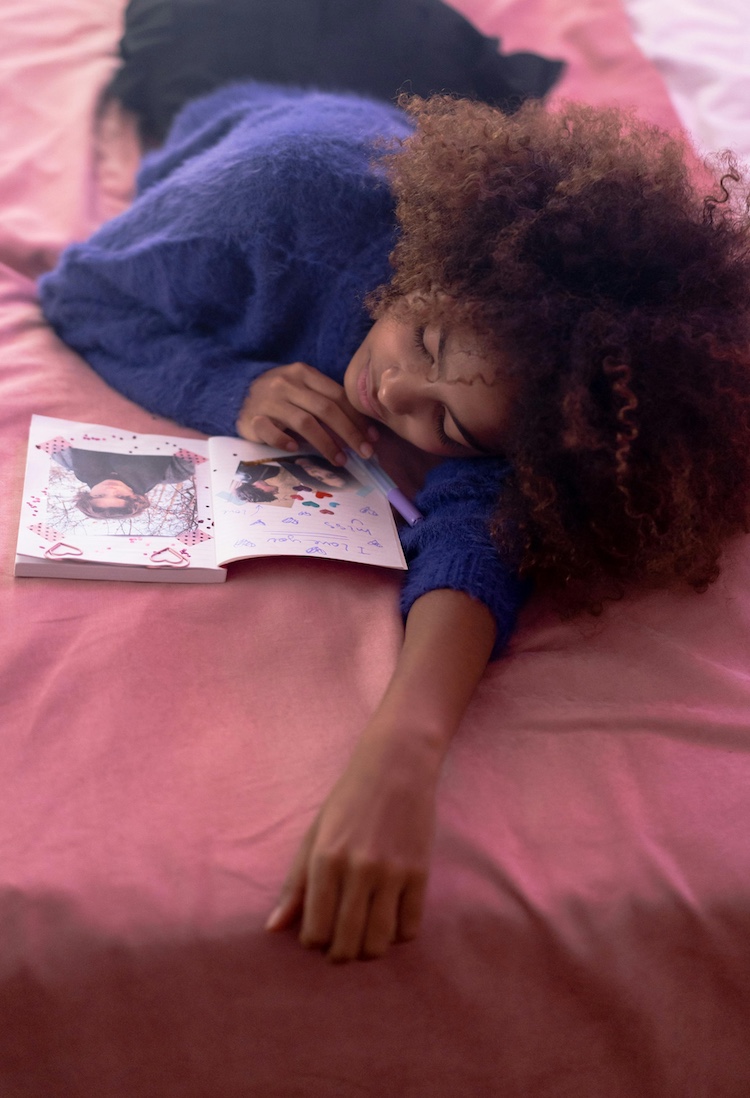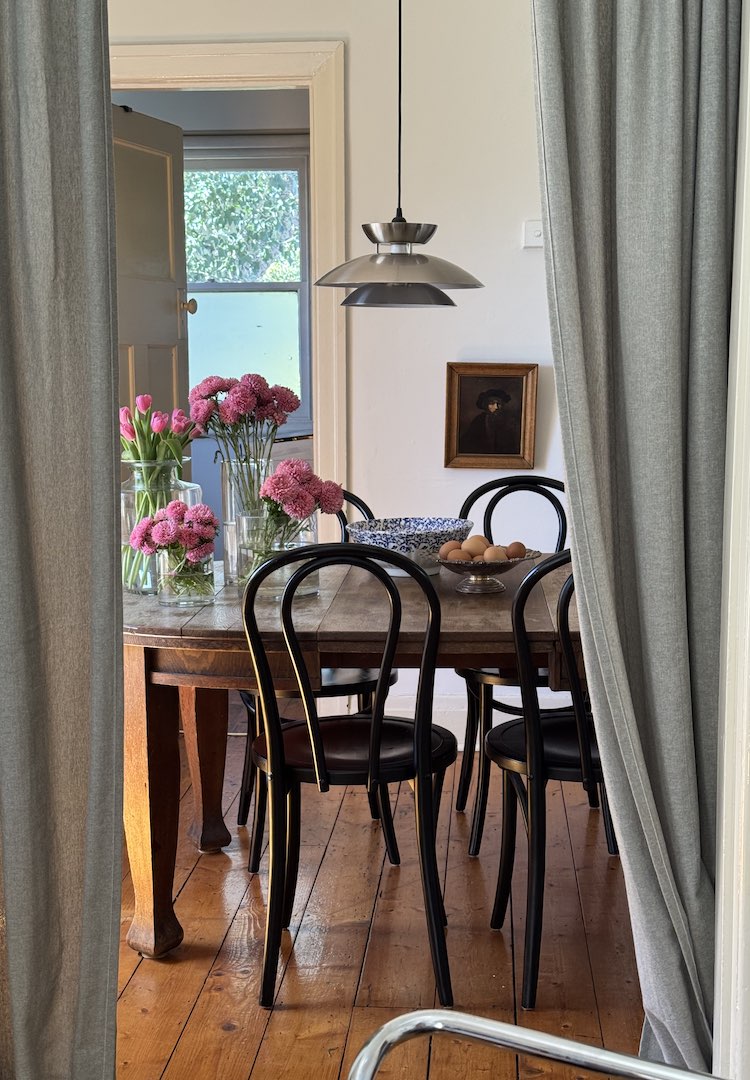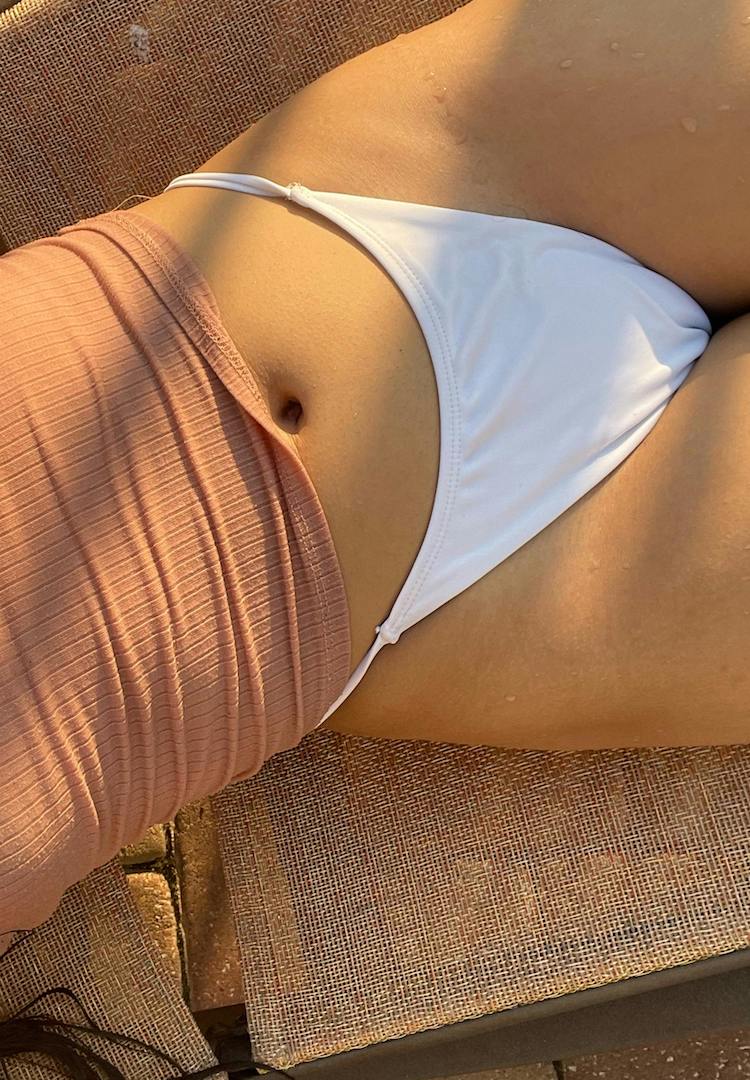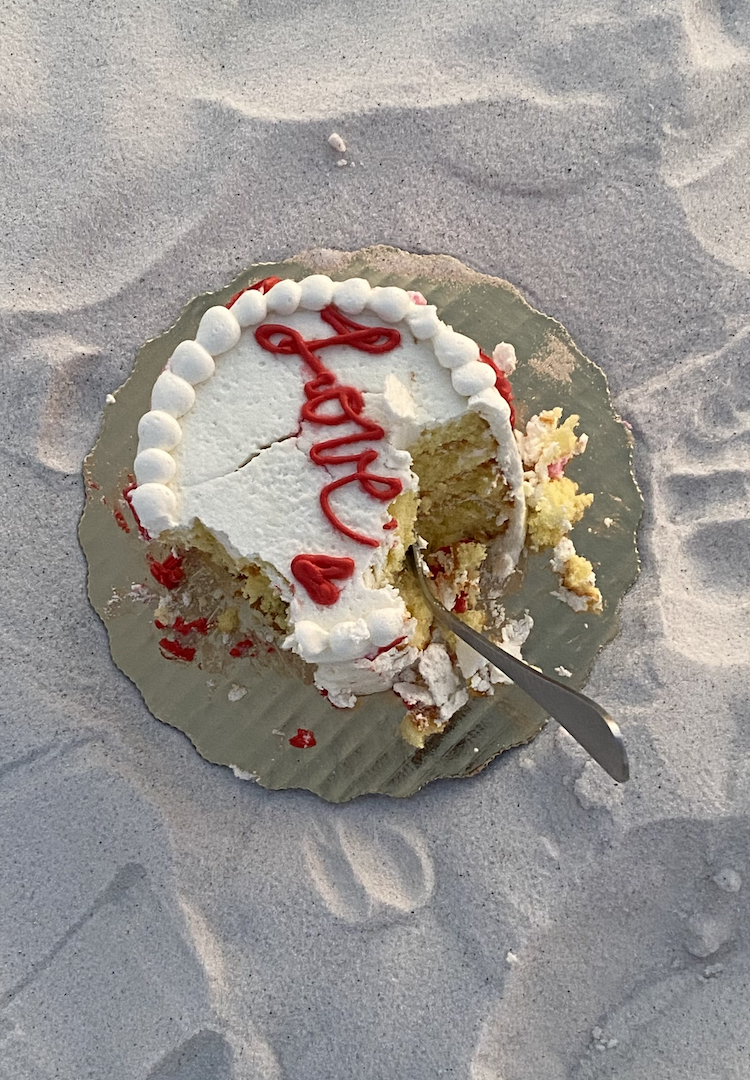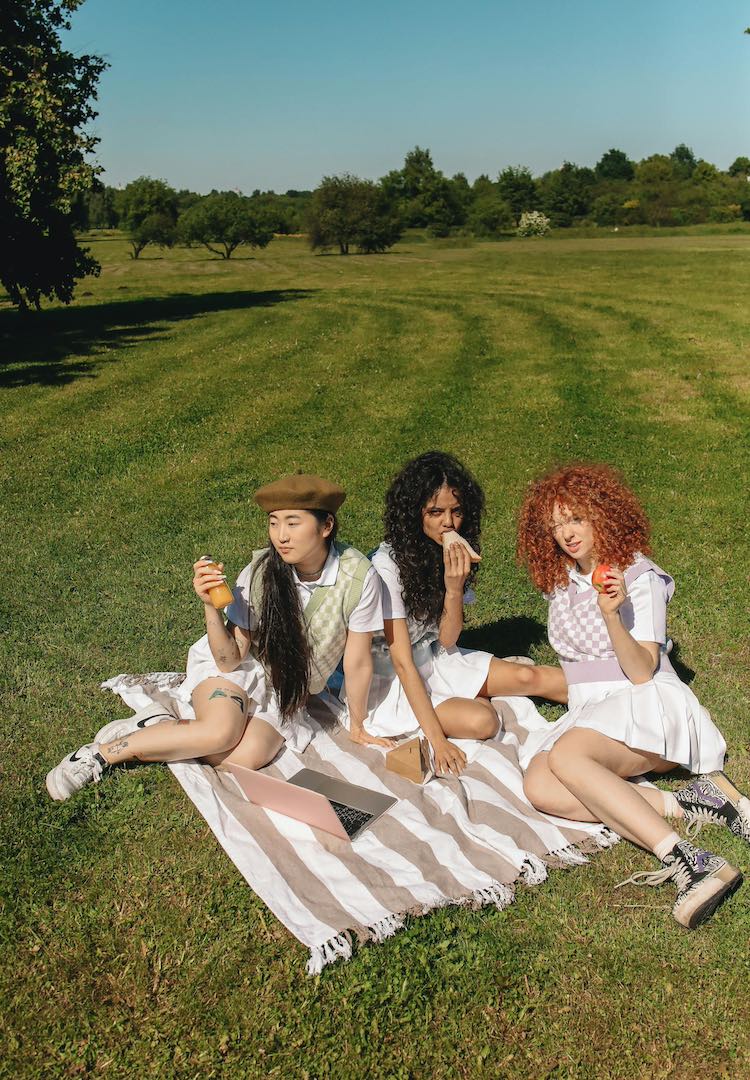How I learnt to accept my dark body hair after 22 years
WORDS By Nina Miyashita
“I finally feel like shaving is decision I can make myself on any given day, rather than a set of rules forced upon me dictating how to live out my womanhood.”
The first time I picked up a razor to remove my body hair, I was thirteen years old. I remember standing frozen in the shower, reliving the moment that day at school when the boy I had a crush on pointed out my burgeoning moustache in front of all of our friends during recess.
I lived with my single mother and my eighteen-year-old sister, so I was in no short supply of body hair removal equipment. I took the Venus razor from the shower shelf gingerly in my hands and, without using any kind of soap or foam (not even a touch of shampoo), I shaved my entire body.
For more content like this, browse through our Life section.
I started with the dreaded moustache, my cheeks, forehead and my sideburns and then worked my way to my arms, my stomach and my legs. I emerged from the water bright red, spots of blood dotting my towel and my skin tingling all over. Later, my sister and her boyfriend helped me apply witch hazel and honey all over my body to ease the excruciating pain of the razor bumps that I thought might actually burn me alive.
When I was sixteen, I ran into my old crush at a party. He sheepishly apologised for this particular incident, and I appreciated that he felt bad enough about it to actually remember it, let alone atone. But it was too late.
Since that first time he grimaced and laughed at the sight of my upper lip, removing my dark body hair had become a habitual necessity in my pursuit of feminine beauty. The longer I let it grow out, the more self-loathing I would take with me into the shower. And I was addicted to it. Addicted to scraping it off over and over and over again until I felt beautiful.
Then I was seventeen and my best friend at the time, with her fairest of fair skin and naturally blonde highlighted hair, turned to me at school and told me she’d noticed that I shaved my sideburns and she wanted to know why. Words failed me. I remember my throat closed up, my cheeks flushed pink, and I stared at her vacantly, umming and ahhing. I don’t even think I was able to properly respond to her, I was so embarrassed. I think the bell rang, and I just got up and ran.
Suddenly I’m 20, and I’m withdrawing some money from my already dwindling account to pay the hairdresser for a full head bleaching. I remember the sickening combination of guilt and joy as I took out these funds that were set aside for my future, knowing deep down I was doing something wrong, but being too elated by the prospect of becoming a blonde to see reason.
Looking back, what I really wanted was to look into the mirror and see the whiteness I’d been chasing my whole life looking back at me. I think I wanted to literally burn the Asianess off of me. Of course, bleaching your hair from black to blonde and shaving your armpits isn’t a definitive sign of hating your body or being ashamed of yourself. Not at all.
It just so happened that it was for me. It was the way my struggle with my racialised appearance manifested. I had been deeply messed up, like so many others, by the Western beauty standards that have dictated women’s grooming habits for the past god knows how long.
Now I’m 22, my hair is back to a deep dark brown and if I don’t get around to shaving my legs, I put the sundress on anyway. My tattoo artist has to shave my arms to make way for new ink, and I hate it, because I’d rather keep my arm hair.
So, how did I get here?
Two years ago, I was willing to sell my soul (and spend my savings) to be blonde, hairless, and ‘beautiful’. If you spoke to a younger me, you’d be convinced that body hair removal was the hill I was going to die on. It turns out it’s not.
Maybe it was a song on the radio by a Japanese-American rapper telling me to “feel myself”. Maybe it was the Chinese girl at uni whose beautiful face and long dark locks made my jaw drop. Maybe it was the fact that my partner’s desire for me says “come to me, just as you are”.
I’m aware this might not make for the best ‘how to’ guide for accepting your appearance as a person of colour. I can’t pinpoint the specific thing that changed things for me. What I do know is this: over time, looking into a mirror and seeing myself trying to be someone I wasn’t didn’t make me happy anymore.
Instead, it made me sad. I had started to officially outgrow my adolescent embarrassment. I intentionally started to fill my life with people who looked more like me, and I finally realised that when it came to how I looked, I couldn’t do any better than who I had been from the start.
Accepting my body hair
Embracing the original me, the girl I’d rejected for so long, felt pretty counterintuitive for a while. Like any habit or addiction, there was a lot of unlearning and healing that had to take place. And to be honest, I’m still working on it.
I’m still a woman who prefers to be reasonably shaven, but I finally feel like it’s a decision I can make myself on any given day, rather than a set of rules forced upon me dictating how to live out my womanhood. It may have taken me this long to figure it out, but whether I shave or dye my hair or not, I’m always going to be Asian. I’ve decided to start being proud of that.
Accepting and allowing body hair as a society will always be on the feminist agenda. Asking the owners of female bodies to prepare for sexualisation by removing select signs of biological maturity seems, to say the least, very wrong.
But the removal of body hair is also a racial issue. It’s a practice within the beauty industry that proclaims ‘White is right’ and dark is wrong. And personally, I’m done with it. I’m leaving their razors and lighteners on the shelves, and my hair untouched. Because for me, dark has never looked so good.
This article was originally published on July 14, 2022.
For more on body hair acceptance, head here.

